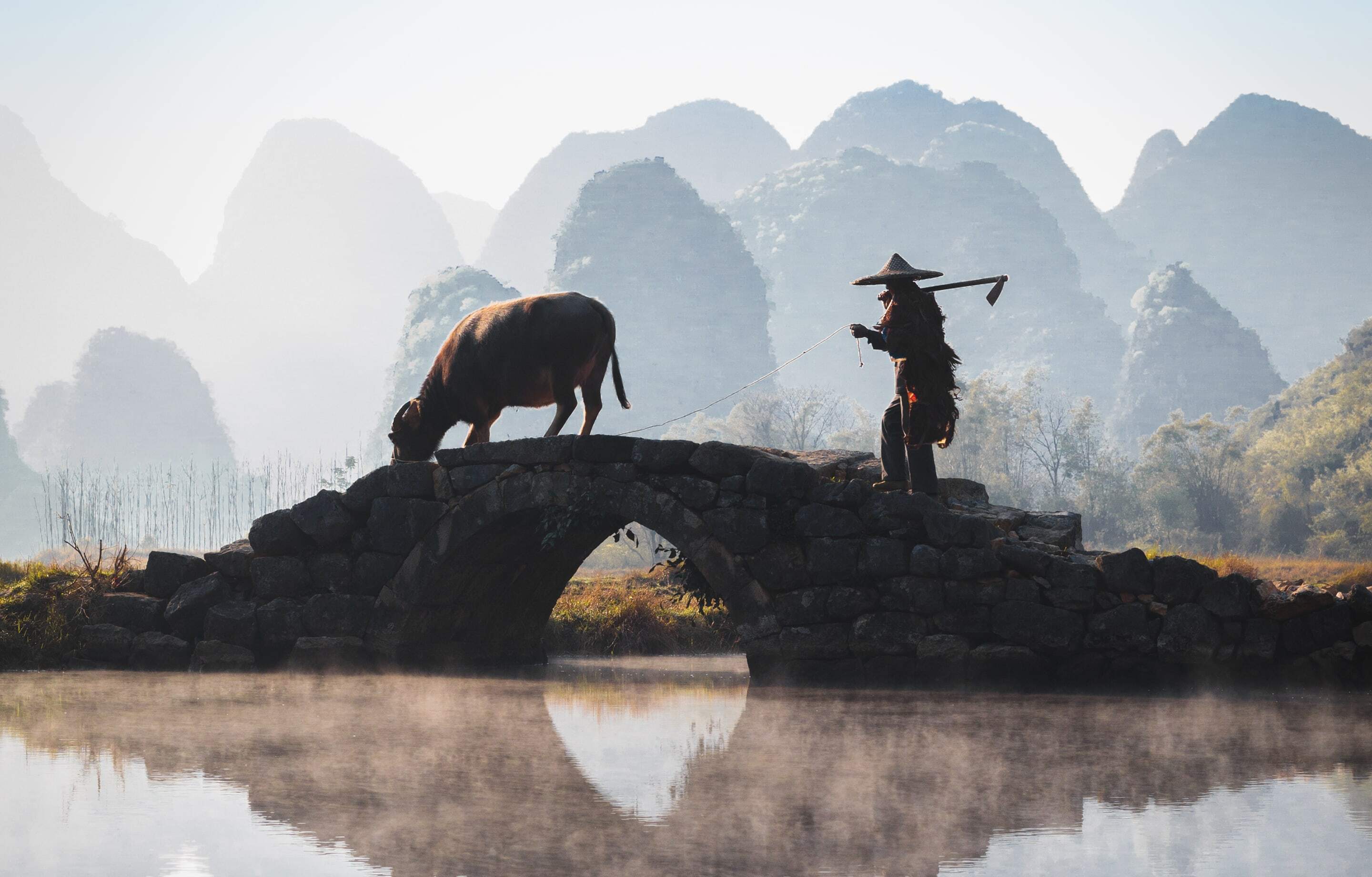- Duration
- 5 days / 4 nights
- Price Per Person
- From $9,000
Long a way station for Westerners heading to the Middle and Far East, the United Arab Emirates (UAE) has emerged as a destination in its own right. A federation of seven emirates and a constitutional republic, the UAE has become a global economic powerhouse in recent decades, thanks to vast reserves of oil and gas. Today such cities as Abu Dhabi, the capital, and Dubai city are full-fledged centers of international commerce, world-class recreational destinations for the well-heeled, and emerging artistic centers as well.
The UAE is a place where modern, sparkling skyscrapers tower over old minarets, and it seems that the ambition of the federation’s business and political elite knows few bounds. Dubai, for example, was once running out of coastline, so it simply created huge man-made islands, some in the form of palm trees, others shaped like continents to form a map of the earth, which added over 70 miles of new beachfront to the city. Landmarks include the tallest man-made structure on earth, the Burj Khalifa, an office and residential skyscraper (2,717 feet) in Dubai, as well as one of the tallest hotels in the world, the Burj Al Arab (1,053 feet). The UAE has the sixth highest per-capita GDP in the world, just ahead of the United States of America, with high literacy rates and life expectancy averages to go with its wealth.
Explore in-depth information, experiences and highlights by navigating to specific regions using the links below.

With Remote Lands you'll travel with people who have made Asia the solitary focus of their own lifelong adventure. As our guest, you'll discover Asia on a journey that is completely, authentically your own, adapted from our own remarkable experiences and adventures over the years.
The best time to visit the United Arab Emirates is between October and April, when the heat drops significantly.
Multi-Country Specialists
An Asia-focused magazine brought to you by Remote Lands - a platform for adventure, luxury, and authenticity from experts and explorers around the continent.